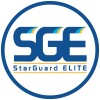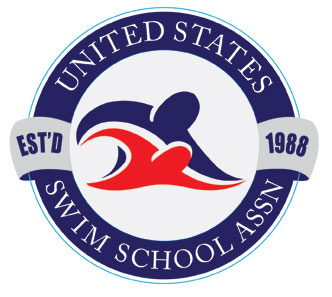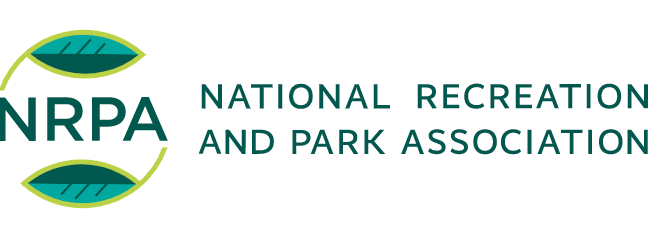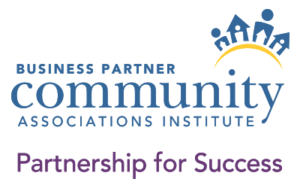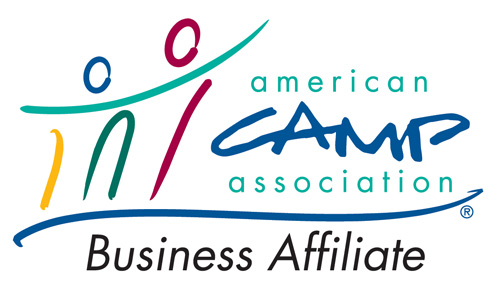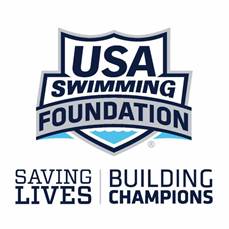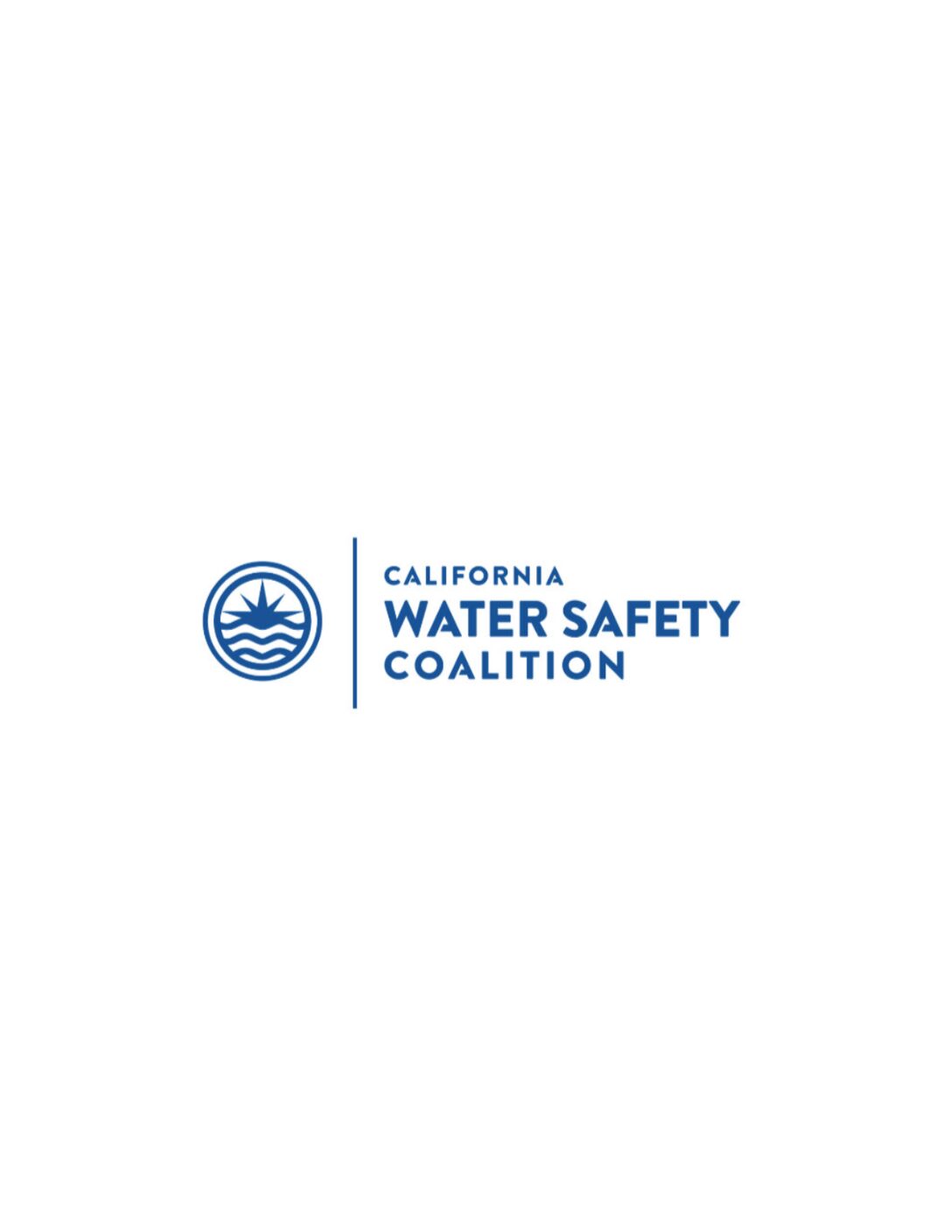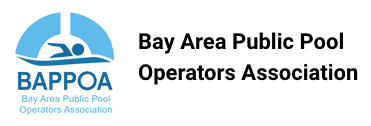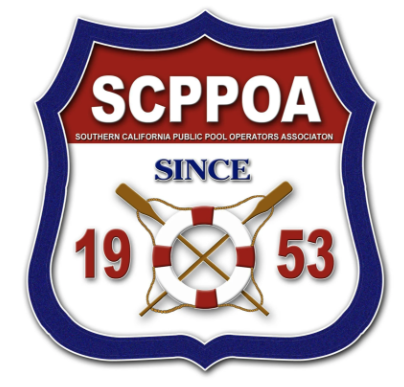Does the target audience for Wilderness and Remote First Aid include youth who participate in activities in a wilderness or delayed-help setting? Yes. The target audience does indeed include youth who participate in activities in a wilderness or delayed-help setting. The BSA recommends that at least some of the youth members in the crew have Wilderness and Remote First Aid training. Adult leaders have a disproportionally higher rate of injury and illness in high adventure settings, at least partly due to their greater age and (sometimes) physical condition even as they try to keep pace with much younger youth members. As such, it is important that youth members be trained as well.
Why do course participants have to be 14 years or older to be certified in this course? The educational elements in the course- and the need to have the maturity level required to apply decision-making skills – helped determine a minimum age of 14 years. In addition, a minimum age of 14 also meets the BSA age requirements.
Why is adult CPR/AED a prerequisite? The rationale behind this is multipart. The first reason is so that the course can focus on the first aid skills needed for a wilderness or remote setting. With this prerequisite, participants come to the course with a basic understanding of some of the terms and principles used in the Wilderness and Remote First Aid course, such as CHECK-CALL-CARE. Another reason is that as it now, the course can be conducted over a weekend. The 16-hour course is jam packed with first aid training along with scenarios that require application of first aid and decision-making skills. Adding CPR/AED training would plan and simply add length to the course. In addition, a prerequisite of adult CPR/AED also meets the BSA requirements.
Does the Red Cross recognize the second year of a 2-year certification that is intended for lay responders as meeting the adult CPR/AED prerequisite? No. The Red Cross only recognizes the first year of any lay responder CPR/AED certificate or equivalent for purposes of meeting the prerequisite for the Wilderness and Remote First Aid course.
Does the Red Cross recognize the second year of a 2-year CPR/AED for the Professional Rescuer/Health Care Provider certificate as meeting this prerequisite? Yes. The Red Cross does recognize the CPR/AED for the Professional Rescue/Health Care Provider certificate or equivalent as meeting this prerequisite. The difference between the lay responder and the professional level certification is that is presume that individuals working as professional rescuers or health care providers are called upon to use these skills in their job functions and/or receive regular in-service training on this topic which helps to keep their knowledge and skills up to date.
What is the validity period of the basic-level Wilderness and Remote First Aid course? This course is valid for 2 years from the last session of the training.
Is there a review course for Wilderness and First Aid? No. There is a significant amount and level of knowledge-based content and skills. Successful completion of this course includes participation in scenarios that rely upon multiple participants playing varying roles that require demonstration of leadership, communication and decision-making skills. Another important factor in this policy is that because this course is for lay responders, it is presumed that they do not use these skills regularly. Participants must retake the course in order to be recertified.


